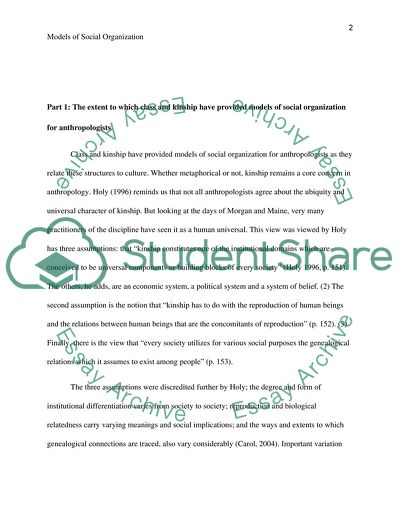Cite this document
(Various Models of Social Organization Coursework, n.d.)
Various Models of Social Organization Coursework. Retrieved from https://studentshare.org/social-science/1825262-critically-evaluate-the-extent-to-which-class-and-kinship-have-provided-models-of-social-organisation-for-anthropoligists-and-sociologists
Various Models of Social Organization Coursework. Retrieved from https://studentshare.org/social-science/1825262-critically-evaluate-the-extent-to-which-class-and-kinship-have-provided-models-of-social-organisation-for-anthropoligists-and-sociologists
(Various Models of Social Organization Coursework)
Various Models of Social Organization Coursework. https://studentshare.org/social-science/1825262-critically-evaluate-the-extent-to-which-class-and-kinship-have-provided-models-of-social-organisation-for-anthropoligists-and-sociologists.
Various Models of Social Organization Coursework. https://studentshare.org/social-science/1825262-critically-evaluate-the-extent-to-which-class-and-kinship-have-provided-models-of-social-organisation-for-anthropoligists-and-sociologists.
“Various Models of Social Organization Coursework”, n.d. https://studentshare.org/social-science/1825262-critically-evaluate-the-extent-to-which-class-and-kinship-have-provided-models-of-social-organisation-for-anthropoligists-and-sociologists.


